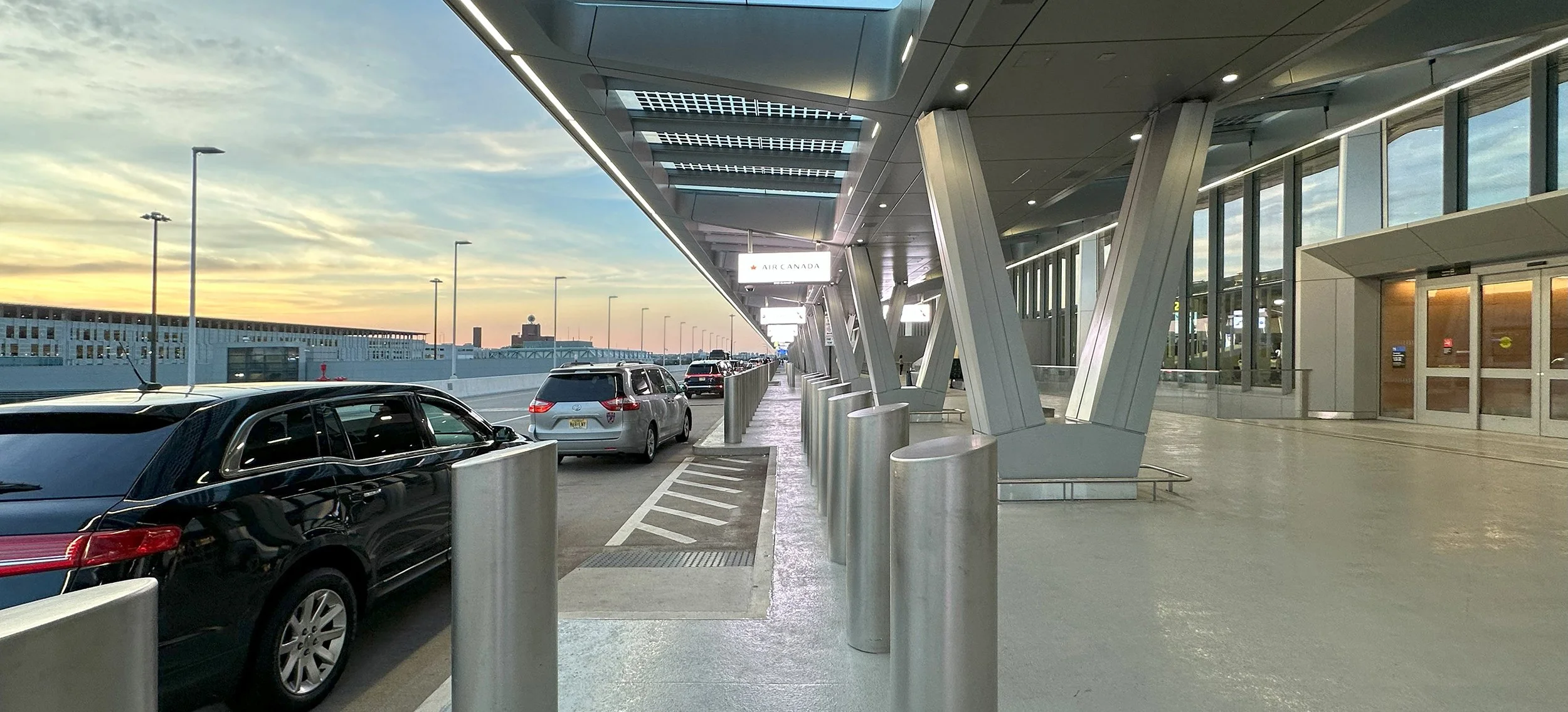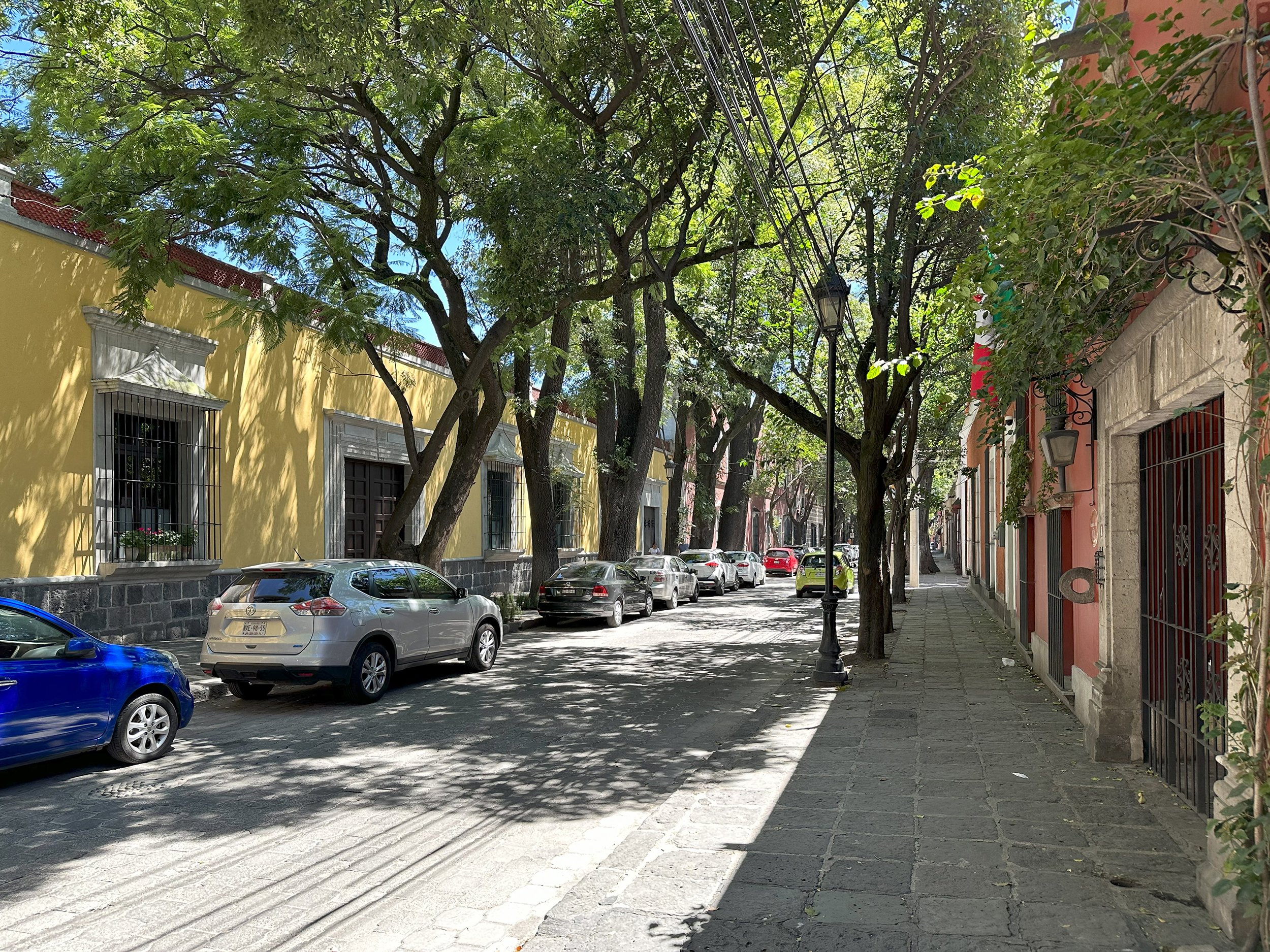
Page 6 of 6
Kyoto, Japan
And it’s hard to give yourself over to something
I have been to Kyoto twice before, and visiting Higashiyama in Kyoto is equivalent to walking the Champs-Elysee in Paris, or taking the Ocean Trail in Acadia, or visiting the Getty in Los Angeles. One of those things you can never do enough, and one of those things that it almost feels criminal to miss if you can do it when you’re there. Along the way the roads are narrow, and while they are not pedestrian only they feel that way (every now and again a car or taxi tries to push their way through), although stairs like these are only filled with tourists, most of who would fail a pedestrian walking test, if such a test existed.
Scattered about the western hills of Kyoto are temples and gardens, which is one of the big reasons to go there in the first place. There are so many of them that it’s easy to miss some, and also easy to get temple and garden fatigue. So on this trip, I tried specifically to concentrate on the gardens, like this one at Nanzenji Tenju-an, where even on a busy day in Kyoto you can still find moments of solitude if you look for them.
The temple complexes in Kyoto go back hundreds and hundreds of years, and when you walk through the gardens you can feel a sense of timelessness. This is Chion-in, which dates back to the 1200s, although that very impressive gate is only 400 years old.
Nanzenji Tenju-an and Chion-in may have seemed empty (they pretty much were), but by the time I got to Kiyomizu-dera, it felt like I was back at Kansai immigration again. Kiyomizu-dera is spectacular, so it’s easy to understand why the entire visiting population of Kyoto was there. Part of the reason for that could be the balcony view, which looks over the city and its spectacular nail free setting, just like it has since the 1600s. And by “nail free” I mean that even on that busy balcony and throughout the complex, no nails at all were or are used in any of the construction.
Kiyomizu-dera is always going to be packed, it’s one of the major can’t miss sites in a city with a lot of tourists who often focus on just the big sites and walk right past (for me at least) all the best parts of Kyoto.
Not that it matters all that much, but this whole slideshow is often out of chronological order. While I did start in Osaka, I went to Taipei both before and after Seoul. And even though I finished up in Kyoto, I did the Arashiyama bamboo grove and the Miho Museum on separate days, and I visited temples in the western hills on two separate trips, one from Keage Station heading south and another heading north. So, if you’re familiar with Kyoto, you already know that if I walked south from Keage to Kiyomizu-dera that I would have probably visited here first. Which I did.
This is Kodai-ji, and what always draws me to it is the pathway up from Neno-no-michi up to Kodai-ji’s main gate. It’s a stone step ramp that is just wonderful and hard to pass up. There are a lot of temples and gardens in Kyoto, and I’m not really sure how long it would even take to really see them all. I’m probably exaggerating if I say years and definitely exaggerating if I say a lifetime, even if that is the actual legitimate answer.
Another temple that’s out of chronological order. Late on my last day in Kyoto, just before all the temples started closing, I had just enough time to visit one last one. This is Honen-in, with its wonderful moss covered gate and gardens. Kyoto is all about moss. And stone. And wood. And water. Each temple and garden proves this, but also just walking through the city its hard not to notice and appreciate this over and over and over again.
If you fear temple fatigue setting on, I have good news. We’re finally at the last temple of the slideshow, which (of course) was the first one I actually visited. This is Shoren-in, probably my favorite, although even on my third visit to Kyoto and my third visit to Japan, there are still so many temples and gardens and places I have yet to see for myself.
What makes Shoren-in so special in a special city full of special things is a little hard to describe, but that doesn’t mean I’m not going to try anyway. The temple and the garden merge together so perfectly here, the inside is the outside and the outside is the inside, and when you’re actually physically in one of them, all you want to do is see the other one. Moving through the rooms, the balcony edges, the stone paths, is a wonderful, deliberately designed experience.
One last image from Shoren-in, presented without the clutter of additional unnecessary comments.
As we finish up our time in Kyoto, we’re back to chronological order as we walk the Philosopher’s Path, one of the last things I did on my last day in Japan. Late in the day it was actually pretty quiet, most of the tourists had moved on to other sites and most of the temples were closing or closed. I was not the only person there, but sometimes it felt like I was. It’s moments like this, not just on the Philosopher’s Path but also in the gardens and the temples and the city, that just make you want to go back to Kyoto. It sometimes can be an ugly city full of tourists who forgot how the hell to walk in public, but then time and time and time again, it presents to you these absolutely perfect moments. Try to go to Kyoto and not fall in love with that. I dare you.
From the Philosopher’s Path, I headed downhill to Gion where a lot of the tourists were, but who could really blame them. I even came (briefly) face to face with a geisha on one of the side streets. Seeing a geisha in Gion is kind of like seeing a grizzly bear in Denali National Park in Alaska, both are there just minding their own damn business and both really do not want to be harassed by you. I smiled and nodded, which I’m sure meant nothing to her as she rushed off for her appointment. Meanwhile the rest of Gion and Kyoto showed off under a perfect sky, confident in the fact that they knew it is only a matter of time before I’ll be back.
When you think of Osaka, Seoul, Taipei and Kyoto, you might not think of Mexico City next, but that’s where this trip started and ended. Get the full experience by going to the Mexico City Slideshow next.


